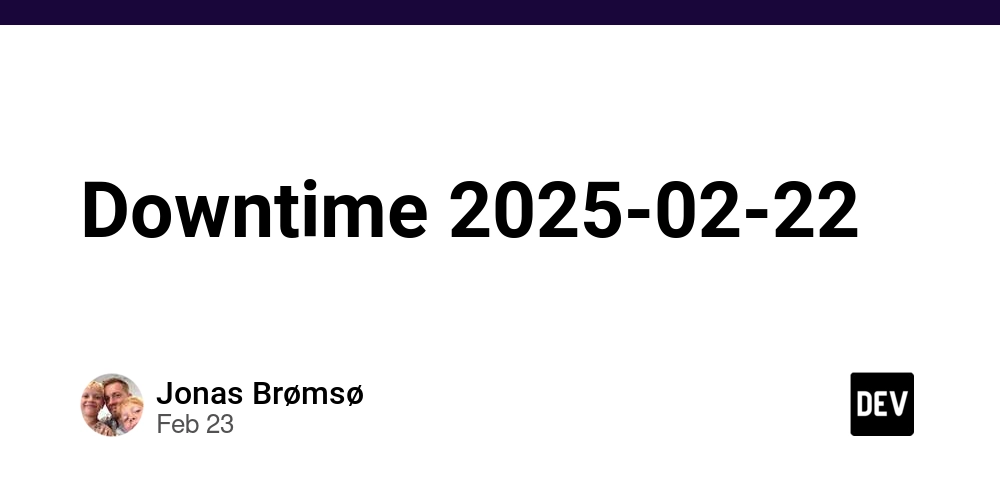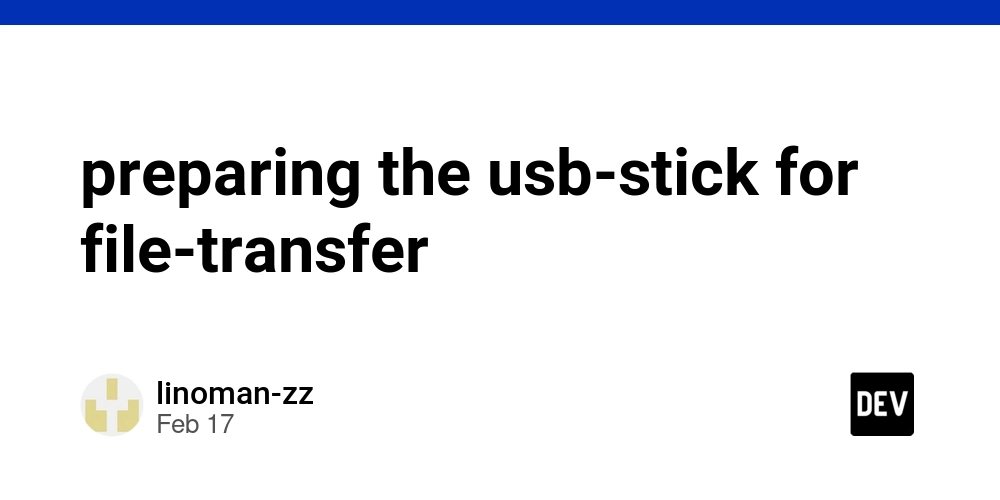Free Bug Triage: A Cost-Effective Approach to Managing Software Defects
Bug triage is a critical process in software development that helps teams prioritize and manage defects efficiently. Without an organized approach, development teams may become overwhelmed with bug reports, leading to delayed releases and unresolved issues. This guide explores the concept of free bug triage, its advantages, and how teams can implement it effectively without incurring extra costs. What is Bug Triage? Bug triage is the systematic process of reviewing, prioritizing, and assigning reported software defects. It ensures that the most critical bugs are resolved first, improving software quality and user satisfaction. A structured bug triage process helps teams avoid unnecessary delays by focusing on high-impact issues rather than minor bugs that may not need immediate attention. Why is Bug Triage Important? A well-organized bug triage process can significantly improve software stability by: Preventing bottlenecks in issue resolution Ensuring developers focus on the most critical defects Enhancing collaboration between testers and developers Reducing time wasted on low-priority bugs Without an efficient triage system, teams may struggle with excessive bug reports, unclear ownership, and missed deadlines. Implementing free bug triage methods can help teams streamline their debugging workflow without additional financial investment. How Free Bug Triage Works Free bug triage leverages open-source tools, community-driven initiatives, and automation to categorize and manage defects at no cost. By using free platforms and processes, teams can: Automatically classify and prioritize bugs Collaborate on issue tracking in a centralized manner Use AI-powered solutions to reduce manual effort Leverage open-source software for better visibility and control Best Free Tools for Bug Triage Here are some of the best free tools that support bug triage: GitHub Issues GitHub Issues is a widely used platform for tracking bugs in open-source and private repositories. It allows developers to tag, categorize, and assign issues efficiently, making it a great tool for free bug triage.Know about how to clone a project from github. JIRA (Free Plan) JIRA offers a free plan for small teams, providing bug tracking and agile project management features. With built-in workflows and customizable dashboards, JIRA simplifies the triage process. Bugzilla Bugzilla is an open-source bug-tracking system that allows developers to log, track, and resolve software defects. It is widely used in enterprise and community-driven projects. Redmine Redmine is a flexible project management tool with built-in issue tracking capabilities. It provides a centralized platform for bug management and integrates well with other development tools. Keploy Keploy is an AI-powered open-source testing tool that automates bug reporting and test case generation. It helps developers streamline their bug triage process by recording and replaying real-world user traffic, making it easier to reproduce and fix defects. How to Implement a Free Bug Triage Process To efficiently implement a free bug triage process, follow these steps: 1. Collect and Categorize Bugs Gather bug reports from multiple sources, including testers, users, and automated systems. Categorize them based on severity, frequency, and impact. 2. Prioritize Issues Rank bugs based on factors like business impact, complexity, and reproducibility. Use labels and filters in tools like GitHub Issues or JIRA to structure your triage workflow. 3. Assign and Track Bugs Distribute bug reports among developers based on expertise and workload. Ensure that all issues have clear ownership and deadlines for resolution. 4. Automate Where Possible Use AI-driven tools like Keploy to automatically detect, classify, and report issues. Automation reduces manual effort and ensures consistent triage processes. 5. Review and Close Issues Regularly review bug reports to validate fixes and close resolved issues. Encourage team discussions to learn from past defects and prevent similar issues in the future. Common Challenges in Bug Triage and How to Overcome Them Even with free bug triage, teams may encounter the following challenges: Duplicate Bugs: Use automation and AI-based tools to detect and merge duplicate bug reports. Lack of Clear Ownership: Assign responsibilities clearly within the team to prevent confusion. Inconsistent Prioritization: Establish a well-defined severity and priority matrix to ensure consistency in triage decisions. Conclusion Free bug triage enables software teams to efficiently manage defects without additional costs. By leveraging open-source tools and automation, organizations can enhance software quality while improving development efficiency. Implementing a structured triage process ensures that the most critical bugs are addressed first, leading to a more stable and reliable product. Whether using platforms like GitHub Issues, JIRA, or AI-powered

Bug triage is a critical process in software development that helps teams prioritize and manage defects efficiently. Without an organized approach, development teams may become overwhelmed with bug reports, leading to delayed releases and unresolved issues. This guide explores the concept of free bug triage, its advantages, and how teams can implement it effectively without incurring extra costs.
What is Bug Triage?
Bug triage is the systematic process of reviewing, prioritizing, and assigning reported software defects. It ensures that the most critical bugs are resolved first, improving software quality and user satisfaction. A structured bug triage process helps teams avoid unnecessary delays by focusing on high-impact issues rather than minor bugs that may not need immediate attention.
Why is Bug Triage Important?
A well-organized bug triage process can significantly improve software stability by:
- Preventing bottlenecks in issue resolution
- Ensuring developers focus on the most critical defects
- Enhancing collaboration between testers and developers
- Reducing time wasted on low-priority bugs
Without an efficient triage system, teams may struggle with excessive bug reports, unclear ownership, and missed deadlines. Implementing free bug triage methods can help teams streamline their debugging workflow without additional financial investment.
How Free Bug Triage Works
Free bug triage leverages open-source tools, community-driven initiatives, and automation to categorize and manage defects at no cost. By using free platforms and processes, teams can:
- Automatically classify and prioritize bugs
- Collaborate on issue tracking in a centralized manner
- Use AI-powered solutions to reduce manual effort
- Leverage open-source software for better visibility and control
Best Free Tools for Bug Triage
Here are some of the best free tools that support bug triage:
GitHub Issues
GitHub Issues is a widely used platform for tracking bugs in open-source and private repositories. It allows developers to tag, categorize, and assign issues efficiently, making it a great tool for free bug triage.Know about how to clone a project from github.
JIRA (Free Plan)
JIRA offers a free plan for small teams, providing bug tracking and agile project management features. With built-in workflows and customizable dashboards, JIRA simplifies the triage process.
Bugzilla
Bugzilla is an open-source bug-tracking system that allows developers to log, track, and resolve software defects. It is widely used in enterprise and community-driven projects.
Redmine
Redmine is a flexible project management tool with built-in issue tracking capabilities. It provides a centralized platform for bug management and integrates well with other development tools.
Keploy
Keploy is an AI-powered open-source testing tool that automates bug reporting and test case generation. It helps developers streamline their bug triage process by recording and replaying real-world user traffic, making it easier to reproduce and fix defects.
How to Implement a Free Bug Triage Process
To efficiently implement a free bug triage process, follow these steps:
1. Collect and Categorize Bugs
Gather bug reports from multiple sources, including testers, users, and automated systems. Categorize them based on severity, frequency, and impact.
2. Prioritize Issues
Rank bugs based on factors like business impact, complexity, and reproducibility. Use labels and filters in tools like GitHub Issues or JIRA to structure your triage workflow.
3. Assign and Track Bugs
Distribute bug reports among developers based on expertise and workload. Ensure that all issues have clear ownership and deadlines for resolution.
4. Automate Where Possible
Use AI-driven tools like Keploy to automatically detect, classify, and report issues. Automation reduces manual effort and ensures consistent triage processes.
5. Review and Close Issues
Regularly review bug reports to validate fixes and close resolved issues. Encourage team discussions to learn from past defects and prevent similar issues in the future.
Common Challenges in Bug Triage and How to Overcome Them
Even with free bug triage, teams may encounter the following challenges:
- Duplicate Bugs: Use automation and AI-based tools to detect and merge duplicate bug reports.
- Lack of Clear Ownership: Assign responsibilities clearly within the team to prevent confusion.
- Inconsistent Prioritization: Establish a well-defined severity and priority matrix to ensure consistency in triage decisions.
Conclusion
Free bug triage enables software teams to efficiently manage defects without additional costs. By leveraging open-source tools and automation, organizations can enhance software quality while improving development efficiency. Implementing a structured triage process ensures that the most critical bugs are addressed first, leading to a more stable and reliable product. Whether using platforms like GitHub Issues, JIRA, or AI-powered solutions like Keploy, teams can adopt an effective bug triage workflow at no expense.













































































































































































![[The AI Show Episode 142]: ChatGPT’s New Image Generator, Studio Ghibli Craze and Backlash, Gemini 2.5, OpenAI Academy, 4o Updates, Vibe Marketing & xAI Acquires X](https://www.marketingaiinstitute.com/hubfs/ep%20142%20cover.png)



























































































































![[FREE EBOOKS] The Kubernetes Bible, The Ultimate Linux Shell Scripting Guide & Four More Best Selling Titles](https://www.javacodegeeks.com/wp-content/uploads/2012/12/jcg-logo.jpg)



![From drop-out to software architect with Jason Lengstorf [Podcast #167]](https://cdn.hashnode.com/res/hashnode/image/upload/v1743796461357/f3d19cd7-e6f5-4d7c-8bfc-eb974bc8da68.png?#)





































































































.png?#)





.jpg?#)
































_Christophe_Coat_Alamy.jpg?#)










































































































![Rapidus in Talks With Apple as It Accelerates Toward 2nm Chip Production [Report]](https://www.iclarified.com/images/news/96937/96937/96937-640.jpg)





































































































































